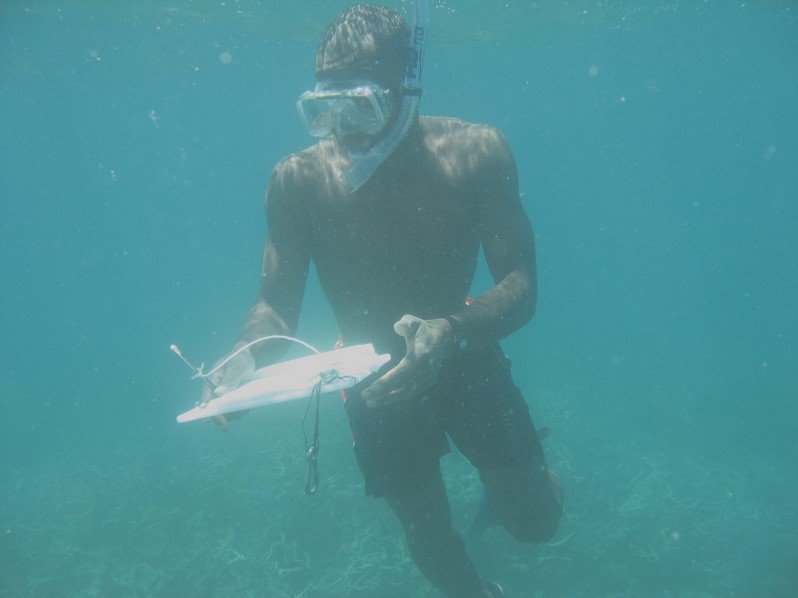Marketing and building business relationships
Staff and volunteers sharing information at local events in Belize
TIDE
Preparing to represent R2R at an international travel event
TIDE
Merchandise is a great way for volunteers to take the brand home with them!
TIDE
This building block is crucial in ensuring R2R is successful in the long term future.
A variety of marketing strategies are used to market R2R. These include a website, social media platforms, merchandise, printed flyers and brochures, attendance at national and international travel trade events and educational travel shows, email marketing, marketing through TIDE, and hosting familiarization tours.
Initially, it was thought that R2R would attract mainly students wanting to enhance their resume. However, it was found that marketing costs associated with finding each individual participant were high. Now, the primary focus is on partnering with universities and travel planners who organize group trips.
R2R seeks to work with partners who may be initially costly to acquire, but who then provide a regular stream of participants. This includes universities who send one large group per year, and travel agents who may send five groups a year to take part in the program. Over time, building these relationships will mean that marketing costs will be reduced, and the focus will be on retaining those partnerships.
To date, R2R has formed excellent relationships with its partner agents, and continually strives to improve the services provided to ensure long term commitments from them.
An important thing has been to actively invest in marketing materials and events, from printing brochures to attending international trade events – in order to engage the audience, it is crucial to have professional materials that promote the quality of service that is provided.
Another important condition is to have someone whose focus it is to develop and market R2R programs. TIDE identified the need to have a full time member of staff for R2R in 2014, and invested accordingly, to ensure the responsibility did not fall on existing staff.
Since 2014, marketing efforts were shifted, from focusing on university students, to focusing on study abroad planners, and travel agents. This was due to the costly nature of recruiting individual students, compared to the better return on investment generated from forming long term partnerships.
This has had its own consequences on the programming offered to participants. Universities and travel agents require much more structured schedules than individual students, so now R2R has less flexibility when it comes to programming. It is unable to go to the assistance of TIDE, should a last-minute priority project present itself. It does, however, allow for longer term projects to be facilitated through R2R. For example, R2R is now doing ongoing research on the manatee population in the Port Honduras Marine Reserve, with 3 – 5 groups per year ensuring that this continues.
For others wishing to replicate this program, it is advised that you carefully plan who your target market is, and devise the best strategy to reach them effectively, as early as possible.
